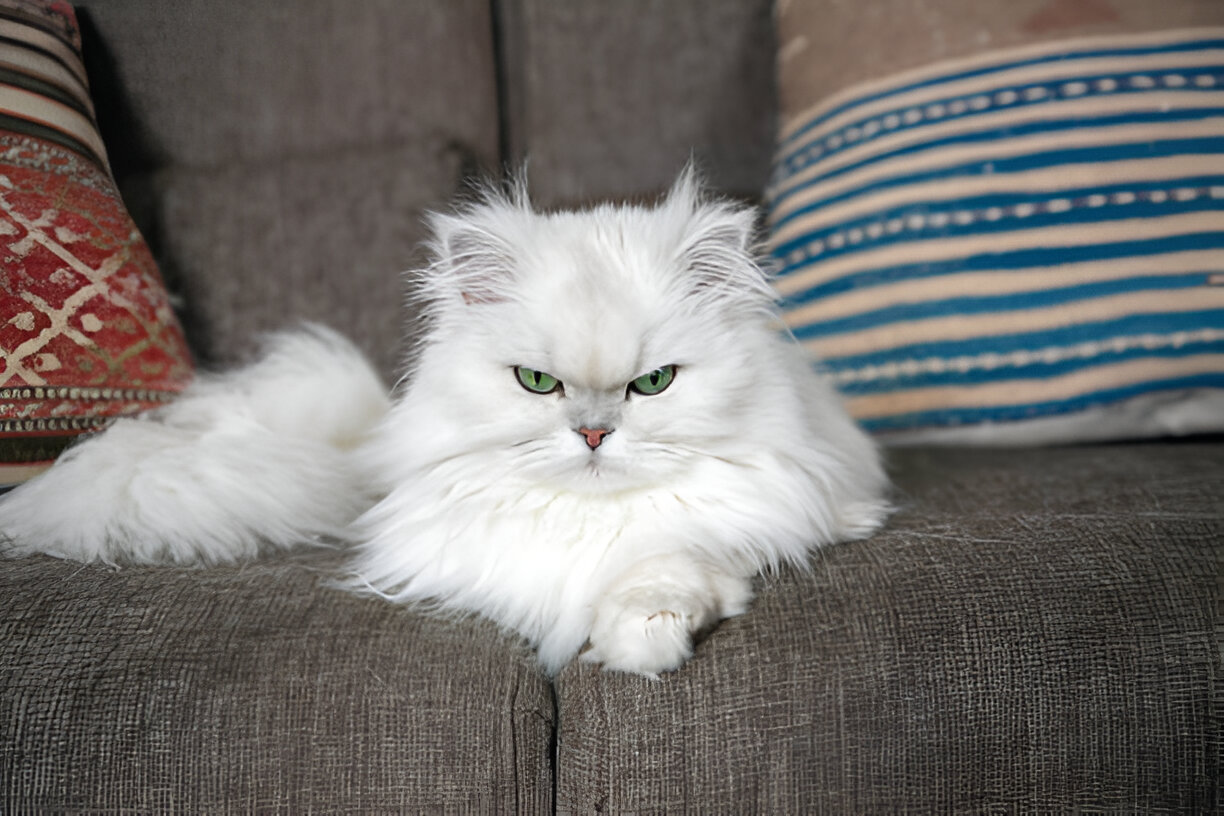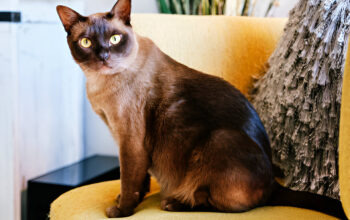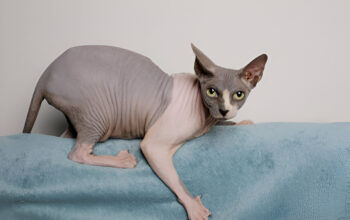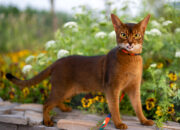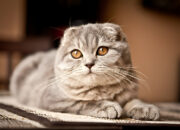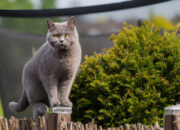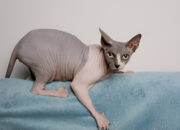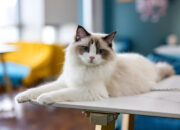Persian Cat Full Guide to the World’s Most Elegant Cat Breed
The Persian Cat Breed: An Introduction
The Persian Cat: Breed Description A.PERSIAN CAT The Persian Cat – one of the most luxurious, elegant and popular cat breeds. Famous for its long, silky fur, gentle disposition, and large, expressive eyes, the Persian cat is a favourite among cat lovers worldwide. Here is Everything We Know About Persian Cats Origin (we will discuss, in this article)BehaviorGroomingHealth CareFeedingTraining That Will Keep Your Furry Friend Healthyın This Article. If you are thinking of getting a Persian cat, or already have some, this guide will answer all of your questions.
History and Origin of Persian Cats
The origin of the Persian Cat can be traced back to ancient Persia (modern-day Iran).The breed came to Europe in the 1600s, and it was soon loved by aristocrats and royalty for its impressive ce.
Royal Connections
appearan
Persian cats were favorites in royal households.Several Persian cats belonged to Queen Victoria of England, and these contributed to the breed’s association with luxury and elegance.
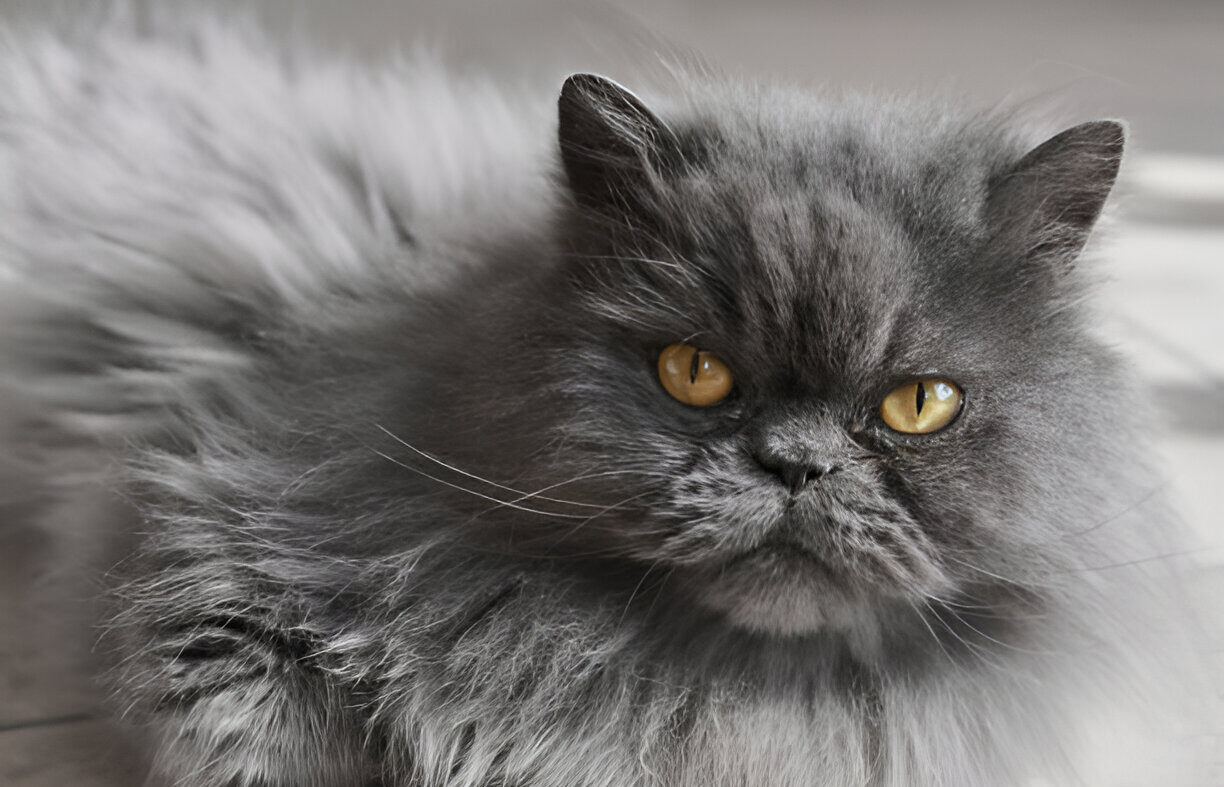
Physique and Physical Appearance
Persians are known for their unique looks. These are medium-to-large-sized cats and are stocky animals with short legs, a compact body, and a short face (brachycephalic characteristics).
Key Physical Traits
- Coat: Length : Long, thick and silky coat Texture : Dense, silky and soft to the touchiscrimination of hair structure between long and short hair.
- Muzzle: Short or well defined, depending on variety; or also described as flat or doll faced depending on type.
- Eyes: Large, round and appealing.
- Tail: short, bushy and well-furred
- Body: Cobby with broad brisket and short legs
Coat Colors and Patterns
The following coat colors and patterns are possible:
- Solid (white, black, blue, cream)
- Tabby
- Bi-color
- Himalayan (pointed in Siamese colors)
- Calico and Tortoiseshell
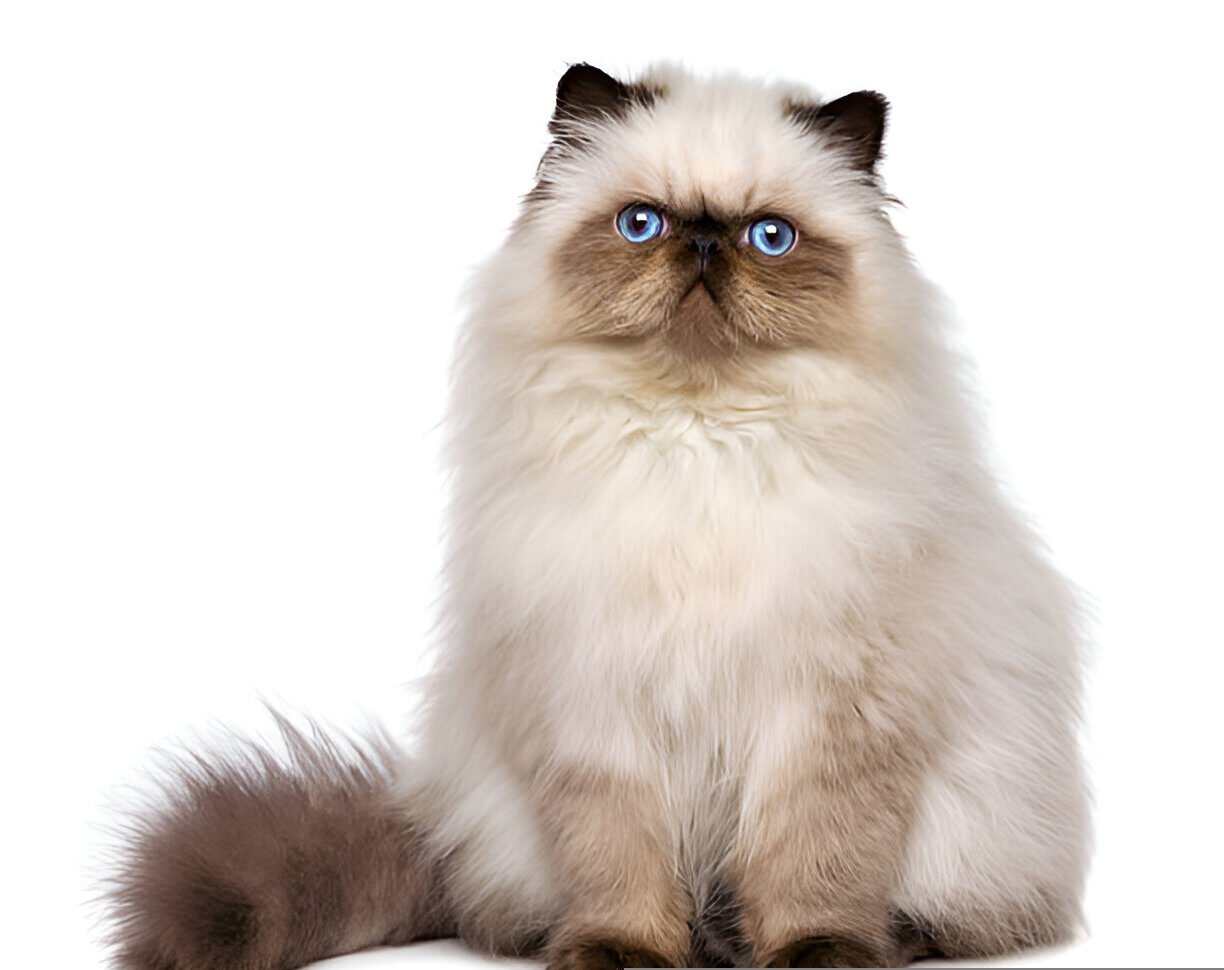
Trait and Personality
Persians are known for their placid and sweet-tempered personality. They do not require high activity levels, preferring to relax in a calm, comfortable setting.
Personality Traits
- Quiet and laid-back
- Affectionate with family
- Ideal for children and other animals
- Not demanding or vocal
- People person but not ALL in your face.
Best Home Environment
Persians do well in homes that are harmonious and not chaotic. They are well-suited for a more sedentary lifestyle and do better in calm, consistent environments instead of a home with a lot of activity.
Grooming and care requirement
As Persian cats have a long and thick coat, they need to be groomed on a daily basis to avoid mats and hairballs.
Daily Grooming Tips
- Detangle with a wide-toothed comb
- Maintain this coat health with a slicker brush.
- Wipe around the eyes for a daily clean to stop tear stains
- Bathe monthly using a shampoo designed for cats
Grooming Tools You Need
- Steel comb
- Soft slicker brush
- Pet grooming scissors
- Tear stain remover
- Blow dryer (low heat)

Health Concerns and Life span.
Persian cats are generally healthy but have a few recorded breed and genetic health issues.
Common Health Problems
- Polycystic Kidney Disease (PKD): another inherited condition.
- Brachycephalic Airway Syndrome:Their shortened muzzle means that their skull will be flatter
- Eye Drainage : Requires gentle cleaning as it comes discharge.
- Dental: Routine dental is required
Lifespan of a Persian Cat
Life expectancy of a Persian Cat The typical lifespan of Persian Cat is 12 to 17 years if the pet is provided with a good, well balanced diet.

Diet and Nutrition
The right diet is crucial for the general health and wellbeing of your Persian cat, also the condition of its coat and energy level.
The Best Diet for a Persian Cat
- High-protein cat food
- Rich in omega-3 & omega-6 fatty acids to help promote healthy skin & a soft, shiny coat
- Wet food for urinary issues
- Fresh water daily
Foods to Avoid
- Chocolate
- Onions and garlic
- Milk products (deliver digestive distress)
- Uncooked meat and fish (risk of bacteria)
Exercise/Activity Requirements
Persian cats aren’t overly active compared to other breeds, but still require moderate daily exercise to keep fit and prevent obesity.
Fun Things to Do with Your Persian Cat
- Feather toys
- Interactive laser toys
- Puzzle feeders
- Gentle play sessions

Training and Behavior
Persian cats are smart and can be trained with patience and positive reinforcement.
Litter Training
- Begin young with a clean, easy-access litter box
- Unscented litter to keep the irritation away
- Reward or praise after successful use
Behavioral Tips
- Avoid yelling or punishment
- Positive reinforcement with treats and toys
- Training Persian cats do best with a patient, gentle approach to training
Persian Kittens -What to expect
If you are considering getting a Persian kitten, you’ll get a fluffy bundle of joy that will need care, love and early training.
Persian Kitten Care
- Feed a diet specific to kittens to support and nourish their growth
- Get your pet vaccinated and visit your vet ahead of time
- Introduce brushing and handling early to establish good grooming habits
How Much Does a Persian Cat Cost?
Persian cats can be very costly depending upon the breeder, pedigree, and type of coat.
Price Range
- In the US: $500 to $5,000+
- Show-type Persians are more expensive than pet type
Adoption vs. Buying
- Adopt from Persian Cat Rescues or Shelters
- Check that the breeder is reputable and takes proper care of the dogs.
- Always view health certificates and pedigree papers.
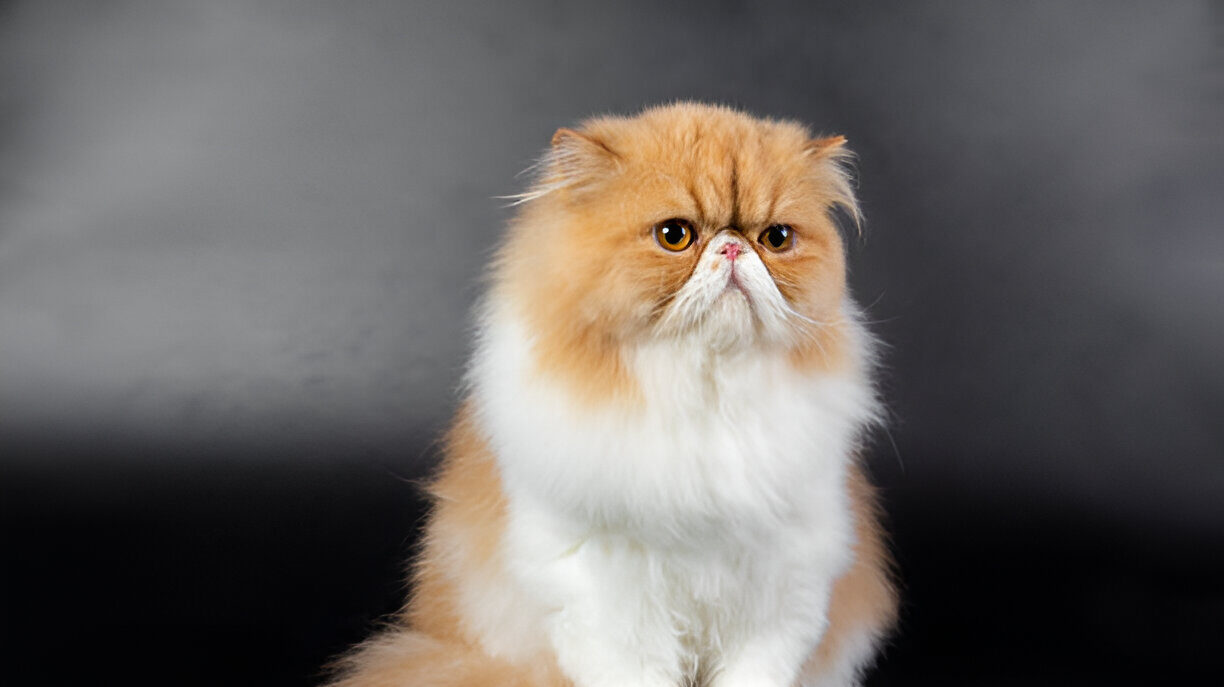
Persian Cat vs. Other Cat Breeds
Curious to know how Persian cats stack up to other breeds?
Persian vs. Maine Coon
- Persians are quieter, they’re smaller, they’re laid back.
- Maine Coon vs Siamese Personality Maine Coons are more active, larger, and social
Persian vs. Ragdoll
- Both are gentle and loving.
- Persians also need more maintenance because of the thicker coat
Persian Cat Care Cheat Sheet
Here’s a few points to keep in mind to see that your Persian cat is healthy and happy:
Daily
- Brush coat
- Clean eyes
- Provide fresh food and water
Weekly
- Check ears for wax buildup
- Trim nails
- Clean litter box thoroughly
Monthly
- Bathe your cat
- Use flea prevention (if necessary)
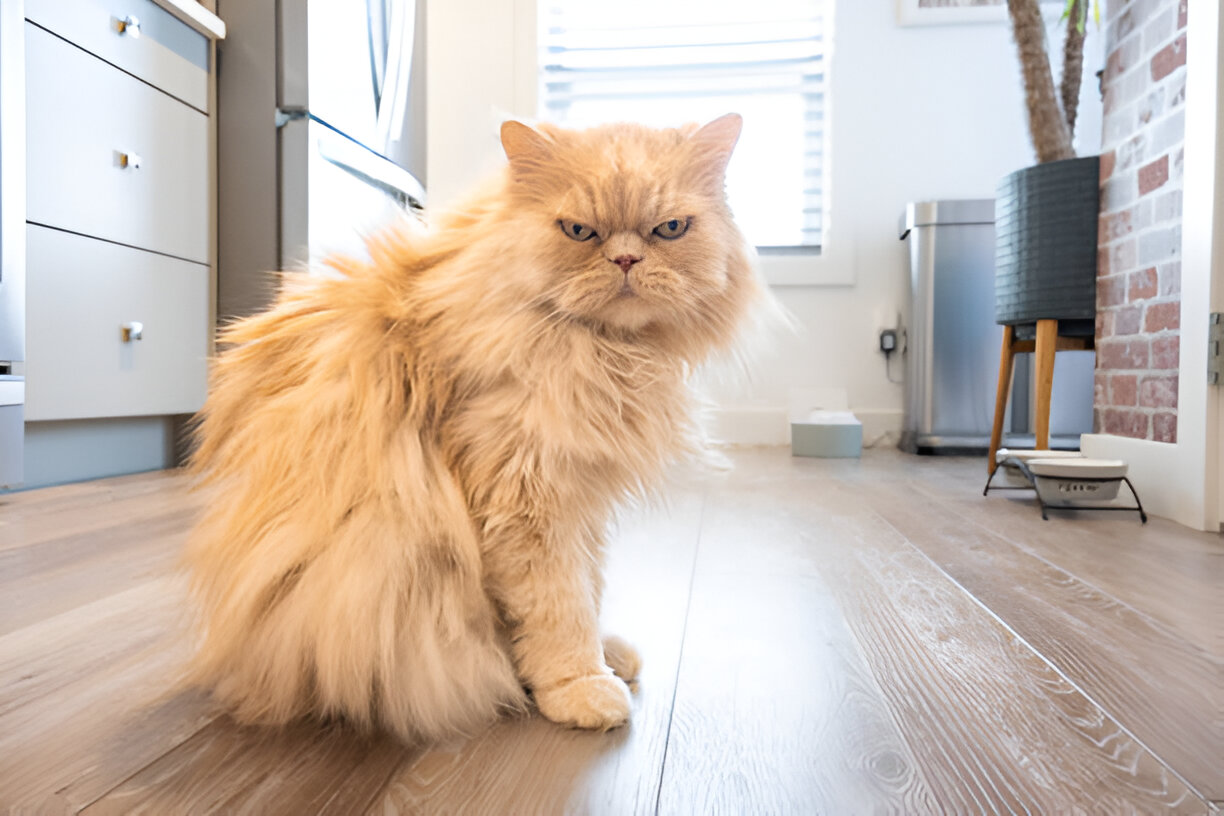
Benefits and Drawbacks of Having a Persian Cat
Pros
- Too affectionate & very gentle
- Beautiful and graceful looking
- Great indoor companions
- Quiet and well-behaved
Cons
- High grooming needs
- Prone to health issues
- Not recommended for REALLY active homes
- Expensive to maintain
FAQs About Persian Cats
Are Persian cats good with kids?
Yes, they are calm and tolerant, ideal for families with children.
Are Persian cats good with other animals?
Sure, as long as the situation is calm and the introduction is made correctly.
Are Persian cats hypoallergenic?
No, they are not considered hypoallergenic since they have long hair and dander
How much do Persian cats shed?
Yes, they do molt year round, and it requires daily grooming to cope with that.
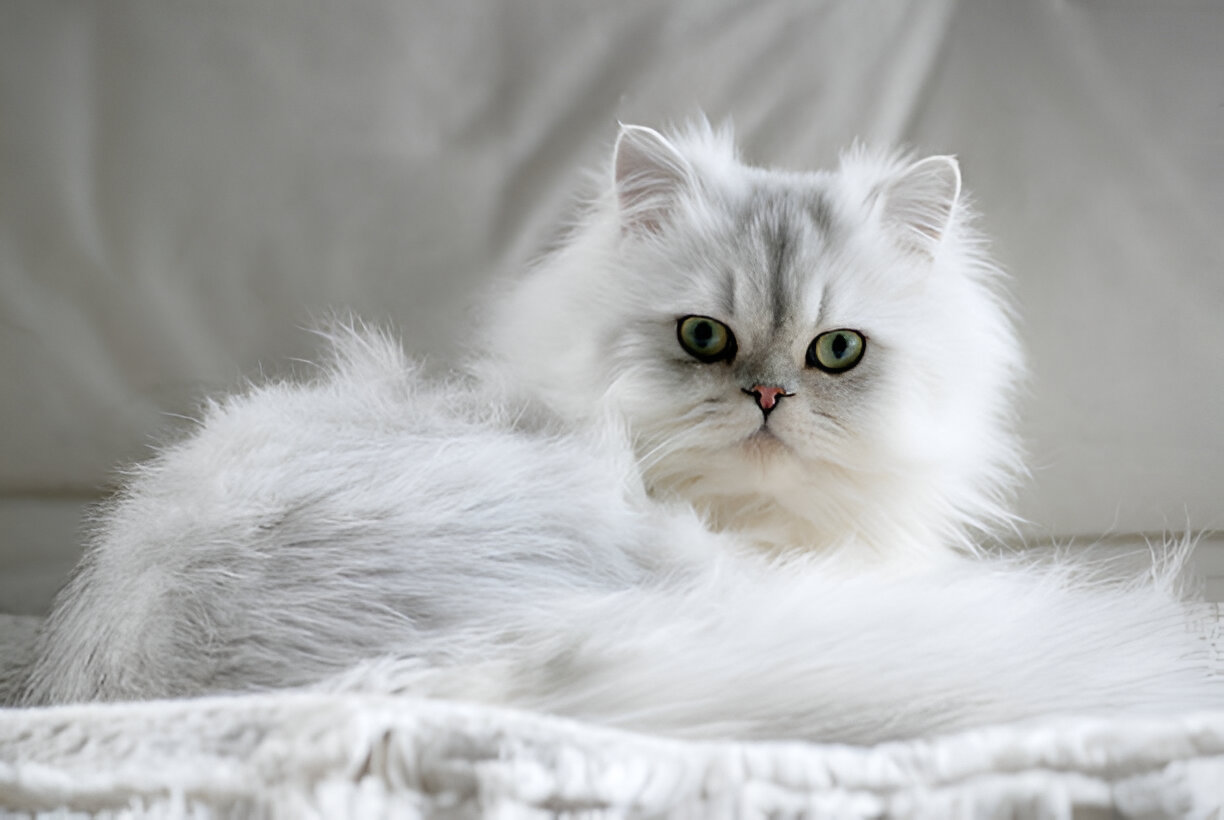
Conclusion — Is a Persian Cat for You?
If you want a loving, quiet, and royal feline pal, then Persian cat might be your best choice. They are high maintenance for sure, but the love and peace that they bring to your home is incomparable.
Whether you are receiving your fist pet or adding to your fur family, Persian kittens and cats are a perfect fit for people who enjoy beauty, outlandish loyalty, and tranquility from a gentle companion pet.
